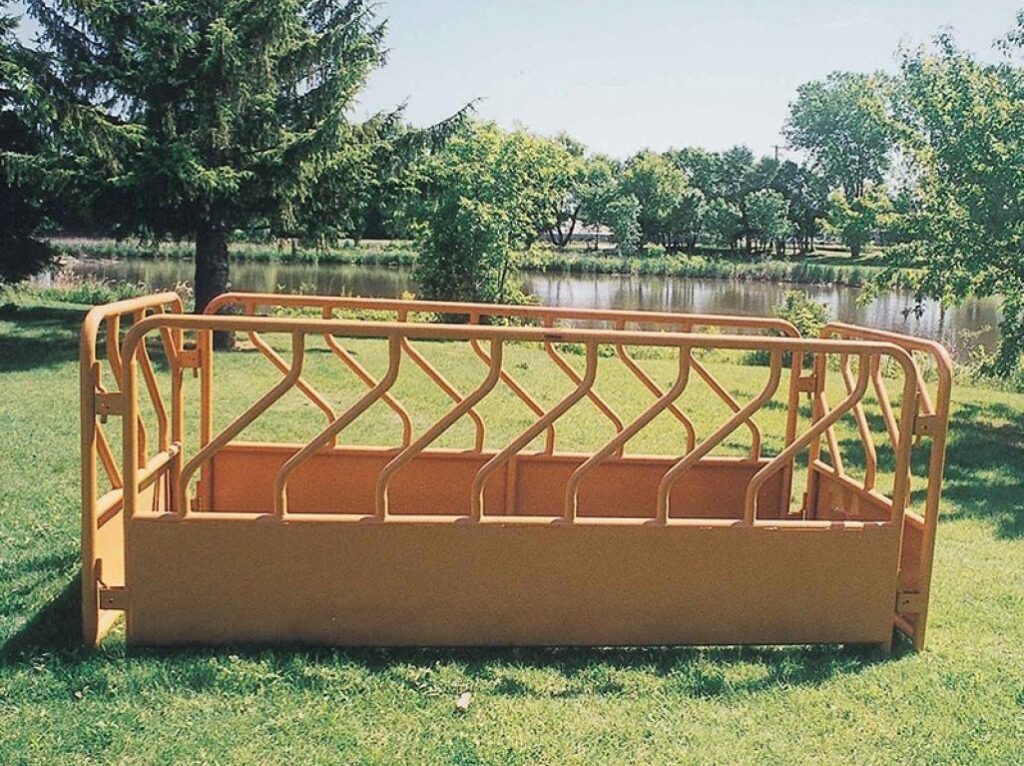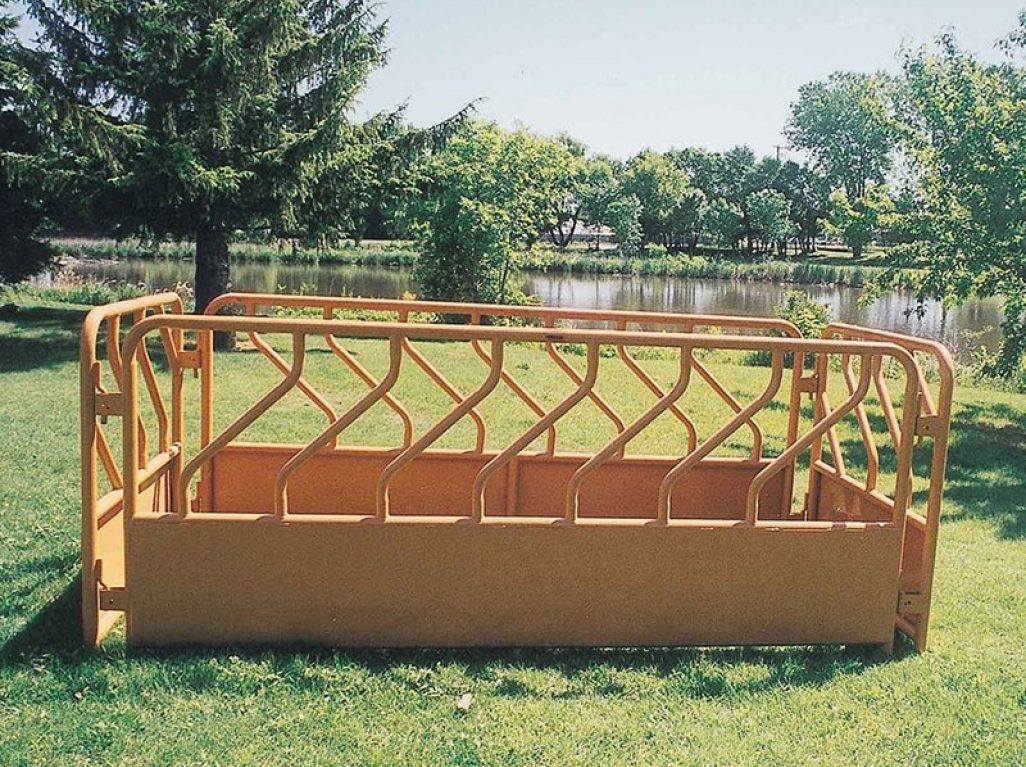
Fence Feeders: A Comprehensive Guide to Feeding Wildlife in Your Backyard
Are you looking for a creative and effective way to attract wildlife to your backyard? Fence feeders offer a unique solution for providing food to birds, squirrels, and other small animals while adding a touch of rustic charm to your outdoor space. In this comprehensive guide, we’ll explore the benefits of using fence feeders, different types available, how to choose the right one for your needs, and essential tips for maintaining them. We’ll also delve into the ethical considerations of feeding wildlife and how to do it responsibly. Whether you’re a seasoned birdwatcher or just starting to appreciate the beauty of nature, this guide will provide you with everything you need to know about fence feeders.
Why Choose a Fence Feeder?
Fence feeders offer several advantages over traditional ground feeders or hanging feeders. Here are some key benefits:
- Space-Saving: Fence feeders are ideal for smaller yards or gardens where space is limited. They attach directly to your fence, utilizing vertical space efficiently.
- Protection from Ground Pests: By elevating the food source, fence feeders can help deter unwanted ground pests like rats and mice from accessing the feed.
- Aesthetic Appeal: Fence feeders can add a decorative element to your fence line, blending seamlessly with your outdoor décor. Many designs are available, from rustic wooden boxes to sleek metal containers.
- Easy Installation: Most fence feeders are easy to install with basic tools, requiring minimal effort to set up.
- Observation Opportunities: Having a feeder close to your fence allows for excellent viewing opportunities, letting you observe wildlife behavior up close.
Types of Fence Feeders
Fence feeders come in a variety of styles and materials to suit different needs and preferences. Here’s an overview of some common types:
Wooden Fence Feeders
Wooden fence feeders offer a natural and rustic aesthetic. They’re often made from cedar or pine, which are naturally weather-resistant. Look for designs with drainage holes to prevent water from accumulating and spoiling the feed. Wooden feeders are great for attracting birds and squirrels. Regular maintenance with a sealant will help prolong their lifespan.
Metal Fence Feeders
Metal fence feeders are durable and easy to clean. They’re often made from powder-coated steel or aluminum, which are resistant to rust and corrosion. Metal feeders can be designed with mesh bottoms for drainage or with solid bottoms for holding seeds. These are a good option if you’re concerned about squirrels chewing on the feeder. [See also: Squirrel-Proof Bird Feeders]
Plastic Fence Feeders
Plastic fence feeders are a budget-friendly option that’s lightweight and easy to maintain. They’re available in a wide range of colors and styles. However, they may not be as durable as wooden or metal feeders and can be susceptible to damage from extreme weather or chewing animals. Choose UV-resistant plastic to prevent fading and cracking.
Hopper Fence Feeders
Hopper fence feeders have a large capacity for holding seeds and release them gradually as the birds or squirrels eat. This reduces the frequency of refills. These feeders are often designed with a roof or overhang to protect the seed from rain and snow. Hopper feeders are excellent for attracting a variety of birds.
Tube Fence Feeders
Tube fence feeders consist of a clear plastic or glass tube with feeding ports along the sides. They’re designed to hold small seeds like thistle or nyjer seed, which attract finches. Tube feeders are relatively easy to clean and maintain. Look for designs with metal perches to prevent squirrels from chewing on them.
Platform Fence Feeders
Platform fence feeders are simple, open trays that provide a flat surface for birds to perch and feed. They’re suitable for offering a variety of foods, including seeds, nuts, and fruit. Platform feeders are easy to clean but may require more frequent refills, as the food is exposed to the elements. Consider adding a mesh bottom for drainage.
Choosing the Right Fence Feeder
When selecting a fence feeder, consider the following factors:
- Target Species: Determine which types of birds or animals you want to attract. Different species prefer different types of food and feeder designs.
- Fence Type: Ensure the feeder is compatible with your fence type (e.g., wood, chain-link, vinyl). Check the mounting hardware and weight capacity.
- Material: Choose a material that’s durable, weather-resistant, and easy to clean.
- Capacity: Consider how much food the feeder can hold and how often you’re willing to refill it.
- Design: Select a design that complements your outdoor décor and provides adequate protection from the elements.
- Ease of Cleaning: Opt for a feeder that’s easy to disassemble and clean to prevent the spread of disease.
Installing Your Fence Feeder
Installing a fence feeder is typically a straightforward process. Here are some general steps:
- Choose a Location: Select a spot on your fence that’s easily visible and accessible to wildlife. Avoid areas with heavy foot traffic or potential hazards.
- Gather Your Tools: You’ll likely need a drill, screwdriver, level, and measuring tape.
- Attach the Mounting Hardware: Follow the manufacturer’s instructions for attaching the mounting brackets or hardware to your fence.
- Secure the Feeder: Carefully attach the fence feeder to the mounting hardware, ensuring it’s level and secure.
- Fill the Feeder: Fill the feeder with the appropriate type of food for your target species.
Maintaining Your Fence Feeder
Regular maintenance is essential for keeping your fence feeder clean and hygienic. Here are some tips:
- Clean Regularly: Clean your feeder at least once a month, or more frequently if it becomes soiled. Remove any old food, debris, and bird droppings.
- Use a Mild Detergent: Wash the feeder with warm, soapy water and rinse thoroughly. Avoid using harsh chemicals or disinfectants.
- Disinfect Periodically: Occasionally, disinfect your feeder with a diluted bleach solution (1 part bleach to 9 parts water). Rinse thoroughly and allow to air dry completely before refilling.
- Check for Damage: Inspect your feeder regularly for any signs of damage, such as cracks, rust, or rot. Repair or replace damaged parts as needed.
- Store Food Properly: Store birdseed and other feed in airtight containers to prevent spoilage and pest infestations.
Ethical Considerations for Feeding Wildlife
While feeding wildlife can be enjoyable, it’s important to do so responsibly. Here are some ethical considerations:
- Provide Appropriate Food: Offer food that’s safe and nutritious for the species you’re targeting. Avoid feeding them processed foods, bread, or other items that can be harmful.
- Avoid Overfeeding: Offer only as much food as the animals can consume in a reasonable amount of time. Overfeeding can lead to dependence and nutritional imbalances.
- Maintain Hygiene: Keep your fence feeder clean to prevent the spread of disease. Regularly remove old food and droppings.
- Be Aware of Local Regulations: Check with your local authorities to ensure that feeding wildlife is permitted in your area. Some areas may have restrictions to prevent nuisance animals or disease outbreaks.
- Consider the Impact on Natural Behaviors: Be mindful that feeding wildlife can alter their natural foraging behaviors and migration patterns.
Choosing the Right Food for Your Fence Feeder
The best type of food for your fence feeder depends on the species you want to attract. Here are some popular options:
- Black Oil Sunflower Seeds: A favorite of many birds, black oil sunflower seeds are high in fat and protein.
- Nyjer Seeds: These small, black seeds are a favorite of finches.
- Safflower Seeds: Safflower seeds are a good option for attracting birds while deterring squirrels.
- Peanuts: Shelled peanuts are a popular treat for squirrels and some bird species.
- Suet: Suet is a high-fat food that’s particularly beneficial during the winter months.
- Fruit: Cut-up fruit, such as apples and berries, can attract a variety of birds.
Conclusion
Fence feeders offer a convenient and attractive way to attract wildlife to your backyard. By choosing the right type of feeder, maintaining it properly, and feeding responsibly, you can create a welcoming habitat for birds, squirrels, and other small animals while enjoying the beauty of nature right outside your window. Remember to consider the ethical implications of feeding wildlife and follow best practices to ensure their health and well-being. With a little planning and effort, you can transform your fence line into a thriving ecosystem with the help of a fence feeder.

